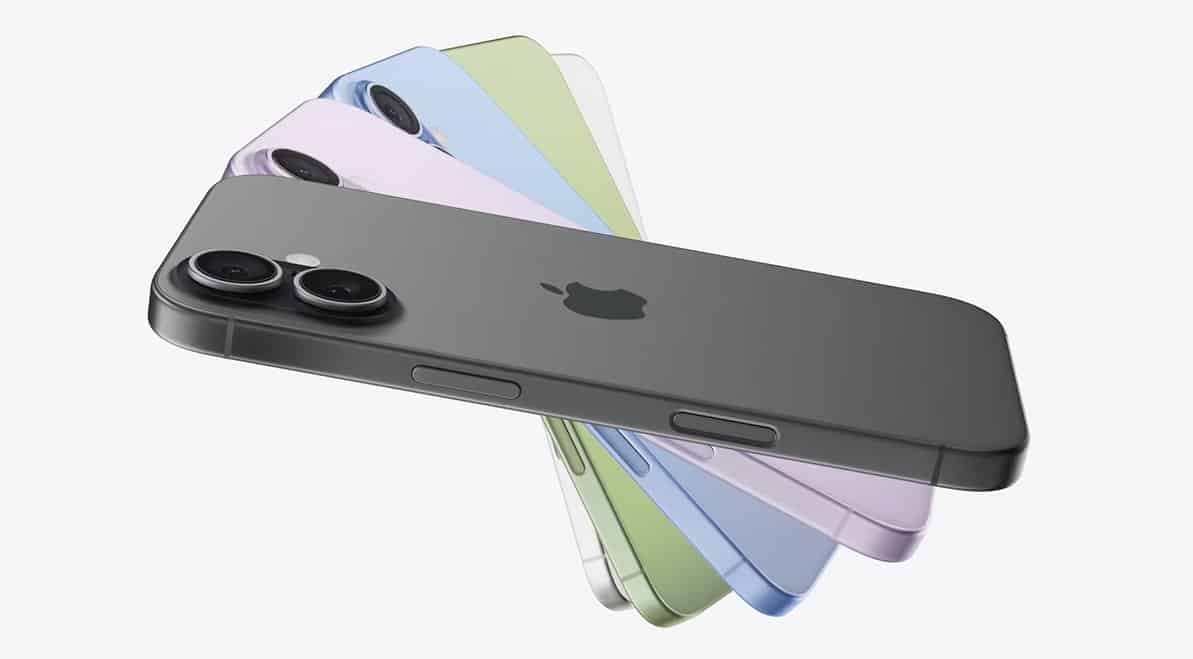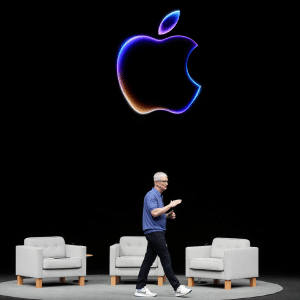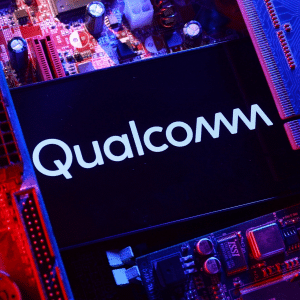Apple’s expansion into satellite technology is starting to look less like a temporary feature set and more like a deliberate long-term infrastructure investment. Recent developments — including extended agreements with Globalstar and behind-the-scenes recruitment in satellite operations — indicate that Apple is building the foundations for a communications network it could one day control more directly.
The company’s initial steps into satellite connectivity began with Emergency SOS via satellite, introduced with the iPhone 14. At the time, the move was described as a niche service designed for emergency use. Three years later, Apple has extended satellite support to additional regions, enabled new services like roadside assistance, and quietly deepened its involvement with satellite providers.
Laying the Groundwork for Independence
Apple’s five-year partnership with Globalstar, valued at roughly $1 billion, provides operational access to a dedicated portion of the satellite provider’s network for iPhone services. However, recent reports point to a broader ambition: Apple is hiring engineers and network specialists with experience in satellite data systems, ground stations, and space communications architecture.
These signals suggest the company is developing expertise that extends beyond consumer features. By investing in its own network research and infrastructure planning, Apple could be preparing to reduce reliance on third-party providers — a strategy consistent with how it handles chips, modems, and cloud services.
Beyond Emergency Features
The satellite functions available today remain limited to safety and messaging use cases. However, Apple’s technical foundation for satellite connectivity could eventually enable broader applications, including voice communication, low-bandwidth data services, and integration with future wearables.
Sources within the industry note that Apple’s current design framework already supports scalable connectivity, meaning the company could expand its satellite capabilities without a complete hardware overhaul. This positions future iPhones, iPads, and even MacBooks to benefit from global connectivity independent of cellular networks.

Strategic Timing and Industry Context
Apple’s deepening satellite efforts come as the broader tech industry races to develop global connectivity solutions. Companies like SpaceX, Amazon, and AST SpaceMobile are building networks to provide direct-to-device communication, while traditional mobile carriers are exploring partnerships to stay relevant in the satellite era.
Apple’s approach differs by focusing on seamless user experience rather than acting as a direct telecom provider. Its model centers on integrating satellite functionality within its hardware and ecosystem while maintaining strict privacy standards. This restrained rollout mirrors Apple’s typical strategy — perfecting the technology quietly before scaling globally.
A Measured Path Toward a Private Network
Apple’s long-term goal may involve establishing greater control over its data transmission infrastructure. Industry analysts have drawn parallels between Apple’s satellite push and its earlier transition to in-house chip design. Both efforts began through partnerships before evolving into independent verticals.
If Apple continues at this pace, its satellite network could form the backbone of new services, including enhanced global emergency response, location tracking for connected devices, and real-time environmental monitoring. These developments would align with Apple’s growing emphasis on health, safety, and sustainability as core pillars of its product ecosystem.
Globalstar’s Role and Apple’s Expanding Influence
Globalstar remains Apple’s primary partner, providing both spectrum access and operational support for the iPhone’s satellite features. In exchange, Apple funds a portion of Globalstar’s infrastructure development, including new ground stations and network upgrades.
While neither company has confirmed further expansion beyond the current agreement, recent filings suggest Apple continues to play a key role in Globalstar’s modernization roadmap. Industry watchers interpret this as evidence of a gradual shift toward Apple having direct influence — if not partial ownership — over key parts of the satellite network serving its devices.
The broader implication of Apple’s satellite strategy lies in how it integrates into the company’s long-term ecosystem planning. As more Apple devices gain direct connectivity, the company could move closer to establishing a proprietary, privacy-focused data network that spans the globe.
For now, Apple remains cautious in public messaging, describing its satellite services as safety features rather than a telecommunications venture. Yet the scale of its ongoing investment suggests a far more ambitious vision — one where Apple’s control over connectivity mirrors its mastery of hardware and software integration.












